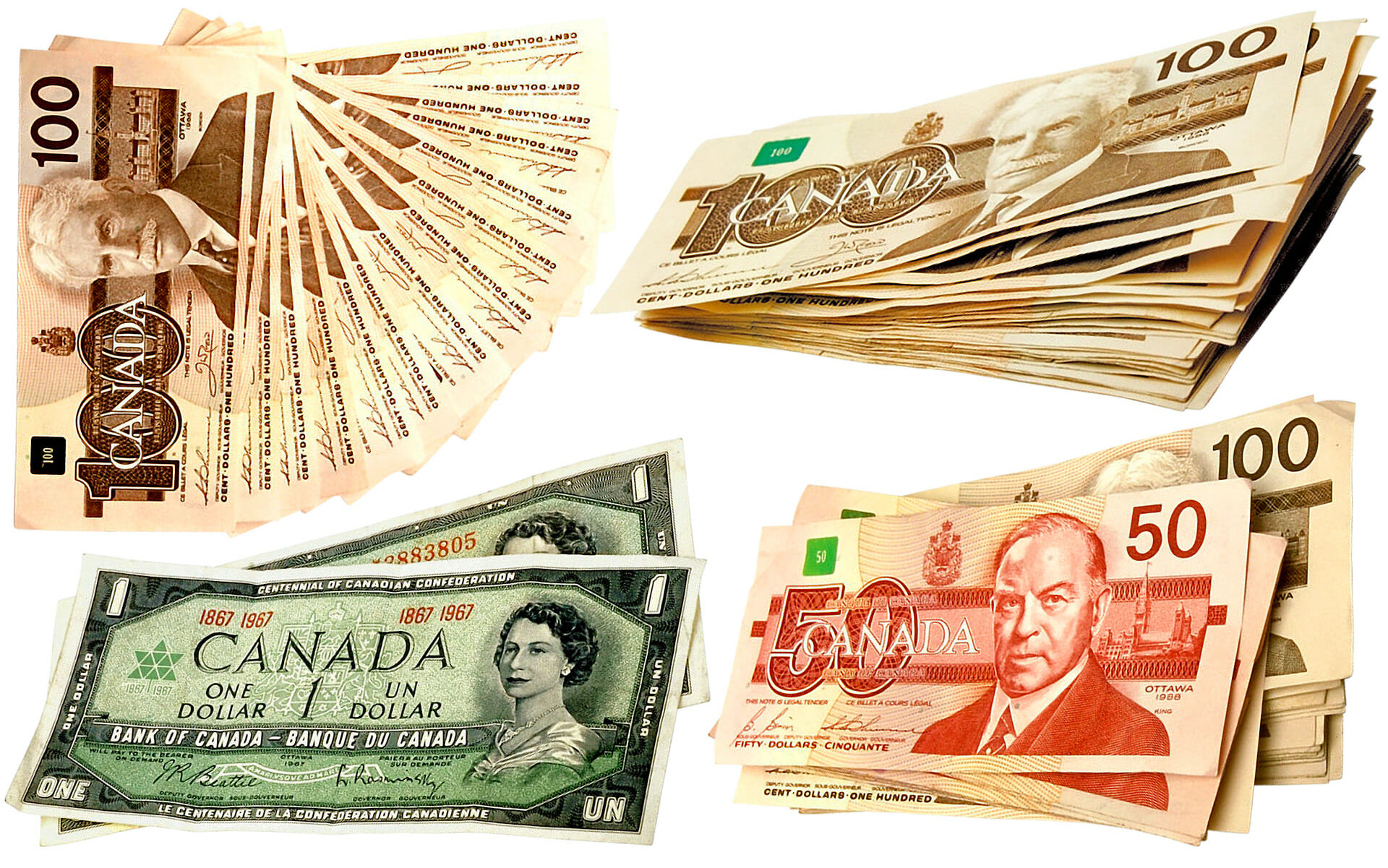A sharp recovery in the economy has been due to the accelerated vaccination drive and good GDP data, as the Canadian dollar remains range-bound.

USD/CAD has been trading with a tight range within 1.2035 and 1.2160 from mid-May.
The greenback against the Canadian dollar has taken support at the 1.2025 levels in May and June 2021. But it has failed to settle below this level. It has its first resistance level at 1.2128 in June. The current exchange rate of the US dollar to CAD is at the 1.2091 levels on Tuesday, June 8, 2021.
There is an economic recovery in Canada, with GDP expanding above estimates in March. The government is considering quantitative easing as the economy recovers.
Canadian Dollar Remains within a Range Though GDP Figures are Positive
GDP m/m improves to 1.1% in March from 0.4% in the previous month, with the export sector showing good expansion. It is the 11th month of continuous growth. The housing market is booming back to the pre-pandemic level. Exports have gone up in aircraft production, and the industrial sector has posted good production numbers in March.
However, April GDP may decline, say sources, the first decline since 2020. The third wave of the pandemic has brought down lockdown restrictions which have impacted the job market.
Canada’s GDP expanded 6.5% for the first quarter of 2021. The service sector has performed well, and the economy is showing good growth in the production and service sectors, strengthening the US dollar to CAD in June.
The surge in crude prices and commodity prices has also helped in the expansion of the country.
Unemployment Increases amid the Covid-19 Third Wave
The third wave of infections brought back lockdown measures in Canada. But the economic outlook has brightened. Canada Employment Change has come down to 68.0k in May 2021 from the previous data at 207.1k. Lockdown restriction continued in various provinces such as Ontario. Online classes following the spring break in schools is back. In Manitoba and Alberta, recreational facilities, restaurants, and personal care services remained closed. However, Quebec and New Brunswick were some regions that have eased restrictions.
The third wave of the covid-19 pandemic caused a fall in employment. The number of Canadians working from home has increased from what it was in the first wave of Covid-19.
The unemployment rate was relatively unchanged at 8.2%, as the number of people searching for jobs held steady. The young population in the age group 15 to 24 years went down by 27,000, as those in this age group lost more jobs than others. The number of people working from home remains steady in Canada, strengthening the current exchange rate of the Canadian dollar.
Those employed in the manufacturing and construction sector are worst-affected, showing the sharpest drop since April 2020. Private sector employees are also affected in the sales and service sector. Strict health measures were introduced to control the pandemic.
Ivey PMI has been better at 64.7 from the previous data at 60.6. Part-time workers were the worst hit. The data above 50.0 shows industry expansion, indicating economic health. The Ivey Purchasing Managers Index (PMI) indicates that the public and private sectors in Canada are seeing increasing activity.
However, the third wave of the Covid pandemic has brought in lockdown restrictions again from April. It has hurt business activities and the job sector in Canada. The Canadian economy was improving till March 2021, but the Covid impact has slowed down the economy in April and May 2021. However, experts say that the country will rebound back to bring back growth.
Bank of Canada to Begin Tapering of Asset Purchase
The government expects a rebound in economic activity by the end of the summer vacation. It will allow the easing of restrictions in the service sector. The commodity, manufacturing, and construction sectors will perform better once the economy reopens, say authorities.
The third wave of infections has renewed Covid containment measures in April. Bank of Canada considers tapering of asset purchases in July. Quantitative easing has to come down, say authorities. Once economic activity picks up, interest rates may be raised in the second half of 2022, say experts.
Bank of Canada may lift interest rates by 4Q 2022. The policy rate is expected to be at 0.5% by 2022 and 1.25 by 2023. The BoC announced tapering of asset purchases from CAD5bn to CAD4bn in October 2020. It was reduced to CAD3bn in April 2021. Another CAD1bn tapering is expected in July 2021.
The BoC may taper its asset purchase program in July, and increase interest rates by the end of 2022, say analysts. The vaccination drive has brought positive sentiment into economic activities as the country reopens after the lockdown.
The vaccination program has been successfully distributed among most people in Canada. Once the second jab is provided, more easing of economic activities can be expected.
US Dollar index
The US dollar index is at the psychological 90.00 mark. If it moves lower, it will add pressure to the USD/CAD currency pair.